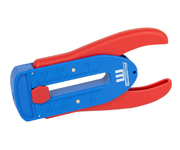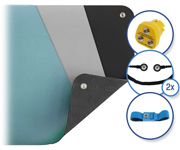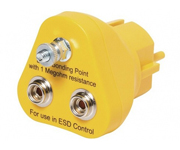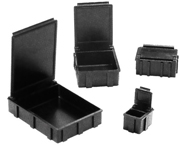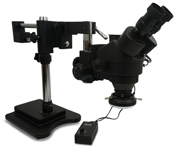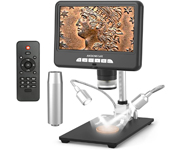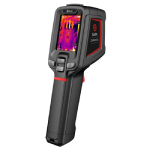A lot of test and measurement equipment needs to be calibrated from time to time, we also sell equipment that is already calibrated. We get a lot of questions about this. In this article we explain in a nutshell what exactly calibration is and when you need it.
What is calibration?
When a meter is calibrated, it is compared to a very accurate reference. It is determined if that measured values are within the tolerances of the meter. Suppose we have a voltmeter with a 10% tolerance calibrated. We have a reference of exactly 5.00 volts. The meter reads 5.40 volts. The 0.4 Volt deviation is less than the maximum allowable tolerance of 10%, so the meter is approved. This is a very simple example, an actual calibration is a lot more complex.
So after calibration, you have assurance that your meter is still working within the tolerances specified by the manufacturer.

Calibration is not adjustment
A widespread misconception is that a meter becomes more accurate through calibration. That the meter would be adjusted to measure as accurately as possible. However, this is not the case. Calibration is merely a check that the meter is meeting its tolerances. If during calibration it is found that the meter is not measuring within its tolerances, the meter should be adjusted. Often the calibration lab can do this, but sometimes the meter must go to the manufacturer for this.
Do I need to calibrate my equipment and how often?
You only need to calibrate test and measurement equipment when necessary for your customer or project. For example, for medical or automotive projects, it is always required to calibrate all measuring equipment. For a simple project where no major financial concerns are involved, or where safety is not an issue, calibration will generally not be necessary.
The more often measuring instruments are calibrated, the greater the assurance that the measurement results are correct. As a rule, a period of 1 year between calibrations is used, but depending on the importance, wear and/or development of measurement values, there may be reason to calibrate less or more often.
Different types of calibration
Traceable calibration
A calibration is traceable when it can be traced all the way back to an international reference. The meters used for a traceable calibration form a documented chain back to the relevant references.
Accreditation
To ensure that a lab measures with sufficient care and according to established procedures, calibration should be performed by an accredited lab. In an accredited lab, a national institute has determined that the lab is working according to procedures established in a standard. In Europe, IEC 17025 is the most widely used standard for this.
Factory calibration
This is performed by the instrument manufacturer. The calibration certificate is often included with the instrument. A factory calibration is often traceable, but generally not from an accredited institute.
Some manufacturers specify a validity period of the calibration, however, you can interpret this as a suggestion. After all, you will not achieve the high measurement reliability that requires repeated calibration with an unaccredited calibration by the manufacturer.
If you have purchased an instrument for use in an environment where an accredited calibration is required, you can purchase an accredited calibration additionally from some manufacturers. If this is not possible, we can send the instrument directly to the calibration lab and they will calibrate it and send it to you.
Usually the best solution is to have the instrument calibrated yourself, often there are multiple instruments that need to be calibrated and these can then all be placed with one calibration partner. They usually offer management systems to see the status and reports of all instruments in a convenient overview.
Conclusion
Calibration is the process of comparing a measuring instrument to an accurate reference to verify that it is operating within the manufacturer's specifications. It is not an adjustment for greater accuracy, but a check.
Measuring instruments should be calibrated as needed, depending on customer or project requirements. Different types of calibration are available, such as traceable calibration, accreditation and factory calibration.
It is important to meet specific calibration needs and use accredited calibration when necessary.







